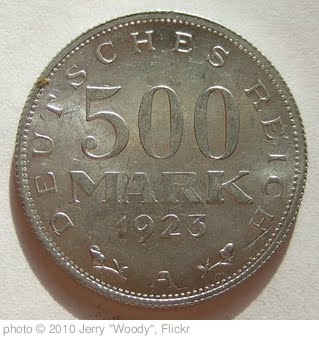Here’s a list of children’s books published in 1923. See if one of these catches your fancy, and if so, let me know what you thought. (I have not read most of these books, but I do plan to read and review some of them this year.)

The Arabian Nights: Tales of Wonder and Magnificence by Padraic Colum. A selection of stories from the Arabian Nights, using the direct translation by Arabic scholar Edward William Lane. Colum selected and abridged some of the tales to make up his own version of the timeless stories of Shahrazad.
The Dark Frigate by Charles Boardman Hawes. 1924 Newbery Award book. This novel is a tale of adventure and piracy in a seventeenth century sailing frigate, The Rose of Devon. Semicolon review here. Free to read online at Internet Archive.
A Boy of the Lost Crusade by Agnes D. Hewes. Free to read online at Internet Archive, with illustrations by Gustaf Tengren. A story of The Children’s Crusade.
The Burgess Flower Book for Children by Thornton Burgess. Stories about common wildflowers as they appear in the spring. Free to read online at Internet Archive.

Buster Bear’s Twins by Thornton Burgess. The adventures of bear twins, Boxer and Woof-Woof. Free to read online at Internet Archive. Listen at Librivox.
Doctor Dolittle’s Post Office by Hugh Lofting. The third of Lofting’s Doctor Dolittle books. Listen at LIbrivox. Free to read online at Internet Archive.
Elizabeth Ann at Maple Spring by Josephine Lawrence. The sequel to The Adventures of Elizabeth Ann. In this second book seven year old Elizabeth Ann, who is visiting her three aunts in turn while her parents are in Japan, goes to stay with Great Aunt Hester. Free to read online at Internet Archive.
Emily of New Moon by Lucy Maud Montgomery. The first in a trilogy of books about Emily Byrd Starr. Listen at Librivox. Free to read online at Internet Archive. I read these books a long, long time ago. Maybe I’ll reread in honor of 100 years.

The Filipino Twins by Lucy Fitch Perkins. The story of Filipino twins, Ramon and Rita, who live in Manila, Philippines. Free to read online at Internet Archive.
Flower Fairies of the Spring by Cicely Mary Barker. Free to read online at Internet Archive.
Honey Bunch: Just a Little Girl by Helen Louise Thorndyke (Josephine Lawrence).
Honey Bunch: Her First Days on the Farm by Helen Louise Thorndyke (Josephine Lawrence).
Honey Bunch: Her First Visit to the City by Helen Louise Thorndyke (Josephine Lawrence).
Land and Sea Tales for Scouts and Guides by Rudyard Kipling. A collection of adventure tales and poems. Free to read online at Internet Archive.
A Little Singing Bird by Lucy M. Blanchard. Out of print.
Mary Jane at School by Clara Ingram Judson. An autumn story about Mary Jane’s third grade school year. (She gets to skip second grade to join her friends in third.) This book is part of a multi-volume series about Mary Jane.

The Perilous Seat by Caroline Snedeker. Set in ancient Greece, the main character is a high priestess at the temple of Apollo in Delphi.
The Pony Express Goes Through by Howard R. Driggs. Based on interviews conducted with boys who actually served as couriers for the Pony Express.
The Rose of Santa Fe by Edwin L. Sabin.
The Rover Boys at Big Bear Lake by Arthur M. Winfield.
The Six Who Were Left in a Shoe by Padraic Colum. The Story of “what happened to the Old Woman Who Lived in a Shoe.” Illustrated by Dugald Stewart Walker. Free to read on Internet archive.
The Story of a Woolly Dog by Laura Lee Hope. A storybook by the author of the Bobbsey Twins series. Librivox audiobook.
Sunny Boy and His Games by Ramy Allison White.
Tarzan and the Golden Lion by Edgar R. Burroughs. Free to read at Internet Archive.
Tom Swift and His Flying Boat by Victor Appleton. Free to read at Internet Archive.
William Again by Richmal Crompton. Very popular in England in its day. Available for checkout from Meriadoc Homeschool Library. Free to read at Internet Archive.
A Yankee Girl at Antietam by Helen Turner Curtis. Free to read at Internet Archive.



